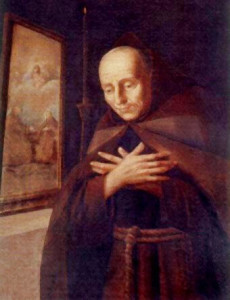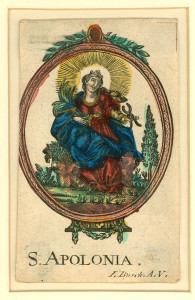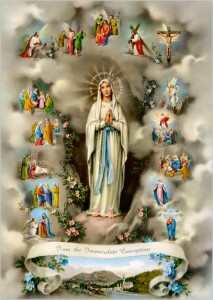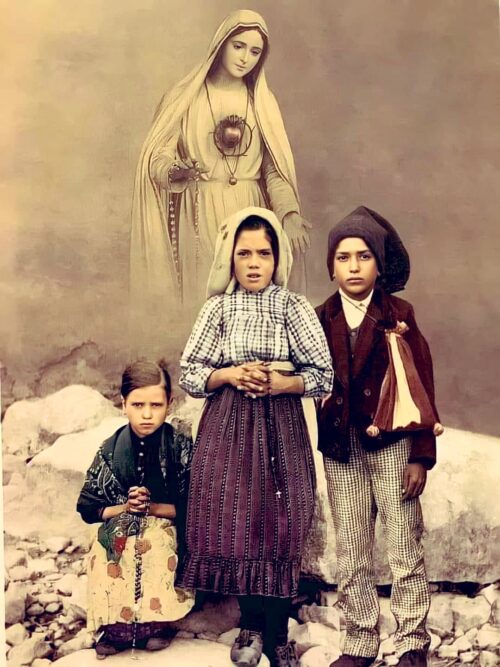 The Fatima Children, St. Jacinta Marto, Sister Lucia dos Santos
The Fatima Children, St. Jacinta Marto, Sister Lucia dos Santos
& St. Francisco Marto -Image Courtesy: Rosary Mum@Twitter
“The Most Holy Virgin (Mary, Mother of Jesus) in these last times in which we live has given a new efficacy to the recitation of the Rosary, to such an extent that there is no problem, no matter how difficult it is, whether temporal or above all, spiritual, in the personal life of each one of us, of our families, of the families of the world or of the religious communities or even of the life of peoples and nations, that cannot be solved by the Rosary. There is no problem I tell you, no mater how difficult it is that we cannot resolve by the prayer of the Holy Rosary!
With the Holy Rosary, we will save ourselves, we will sanctify ourselves, we will console Our Lord and obtain the Salvation of many souls.”
-Venerable Sister Lucia dos Santos
The Holy Rosary
“Hail Mary, full of grace, the Lord is with thee. Blessed are thou among women and blessed is the fruit of thy womb Jesus! Holy Mary, Mother of God, pray for us sinners now and at the hour of death.” Amen!
Fatima Prayers of Reparation
O My Jesus, forgive us our sins, save us from the fires of Hell, lead all souls to Heaven, especially those in the most need of Thy mercy. Amen!
My God, I believe, I adore, I trust and I love Thee! I beg pardon for all those that do not believe, do not adore, do not trust and do not love Thee. Amen!
O Most Holy Trinity, Father, Son and Holy Spirit, I adore Thee profoundly. I offer Thee the most precious Body, Blood, Soul and Divinity of Jesus Christ present in all the Tabernacles of the world, in reparation for the outrages, sacrileges and indifferences by which He is offended. By the infinite merits of the Sacred Heart of Jesus and the immaculate heart of Mary, I beg the conversion of poor sinners. Amen!
Most Holy Trinity, I adore Thee! My God, my God, I love Thee in the most Blessed Sacrament. Amen!
O Jesus, it is for the love of Thee, in reparation for the offenses committed against the immaculate heart of Mary and for the conversion of poor sinners. Amen!
Related: The True Story of Fatima
Fatima Children Miracles While They Were Alive -Natl Catholic Register
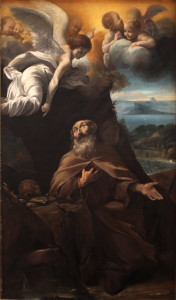
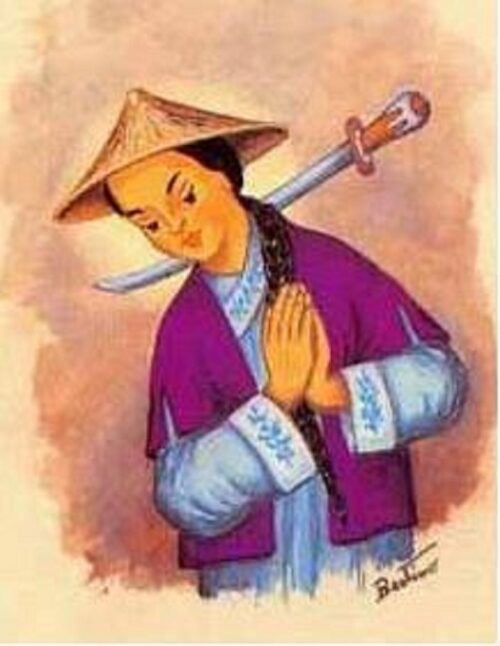
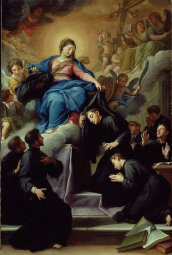
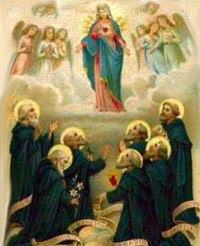 The Seven Holy Founders of the Servite Order
The Seven Holy Founders of the Servite Order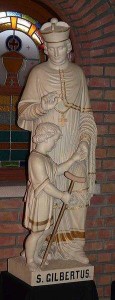
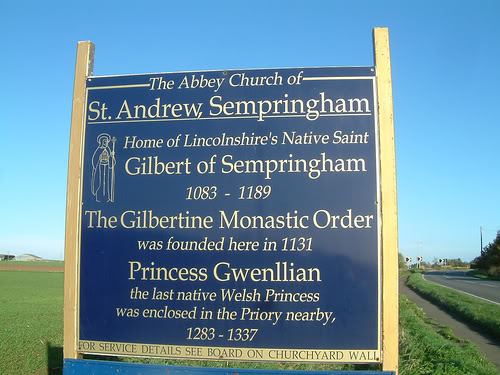 Site of ‘The Gilbertine Order’
Site of ‘The Gilbertine Order’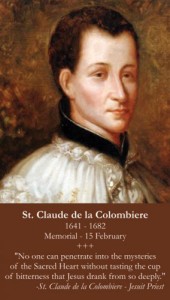
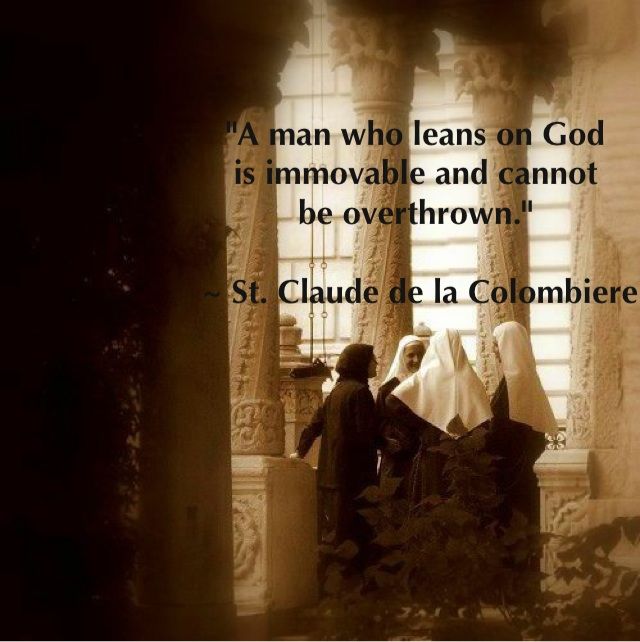 Saint Claude de la Colombiere –Image Courtesy: Pinterest
Saint Claude de la Colombiere –Image Courtesy: Pinterest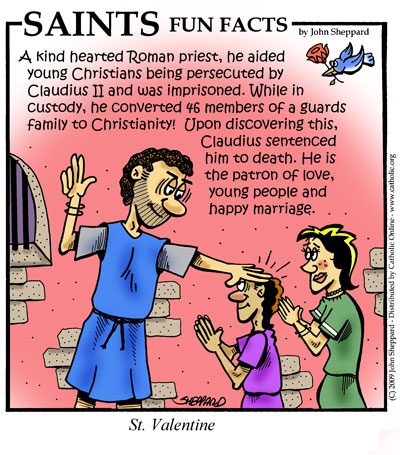 St. Valentine (226-269)
St. Valentine (226-269)